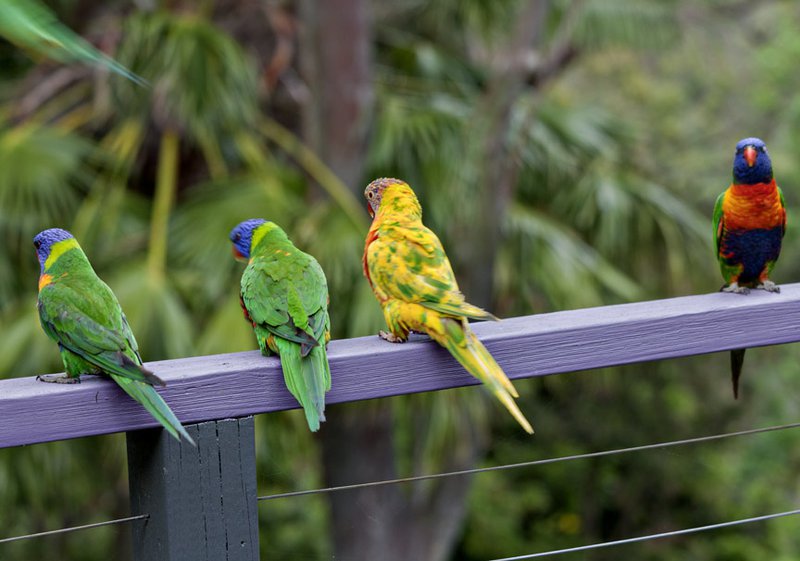What bird is that?
The total number of species of birds on earth is estimated to be around 10,000 (BirdLife International 2004, 2008).
Australian species of birds are quite well known and the number of described species is 900. This includes extinct and introduced species. With this amount of diversity there are a number of features you can focus on to make identifications possible.
There is a term used in the birdwatching world (it’s really an acronym) called the “giss” (pronounced jizz), which is an acronym for 'General Impression of Size and Shape'.
So when observing a bird in the field, these features, along with those listed below are all very helpful in trying to work out ‘what bird is that.’
Identifying features include:
- colour of plumage on all parts of the bird- males, females and juveniles can have different colouration and plumage.
- size of the bird- legs, tail, body, shape of head. Keep in mind that size is relative and difficult to judge especially at great distances.
- habitat of the bird
- beak shape and size- can identify how it feeds
- feet- can identify the birds' habitat- webbed, powerful talons
- behaviour
- call or song.
Resources to assist in identification
There are many field guides, Apps and websites to assist in identification. Here are a few examples:
- The Australian Bird Guide” by Menkhorst et al. (2017). Another good one is “The field guide to the Birds of Australia” by Pizzey and Knight.
- The website, Birds in backyards has an easy to use bird finder as well as bird songs and the most common urban birds.
- The Michael Morcombe’s Field Guide to Australian Birds App has over 3000 hi-res bird images covering over 790 bird species.


